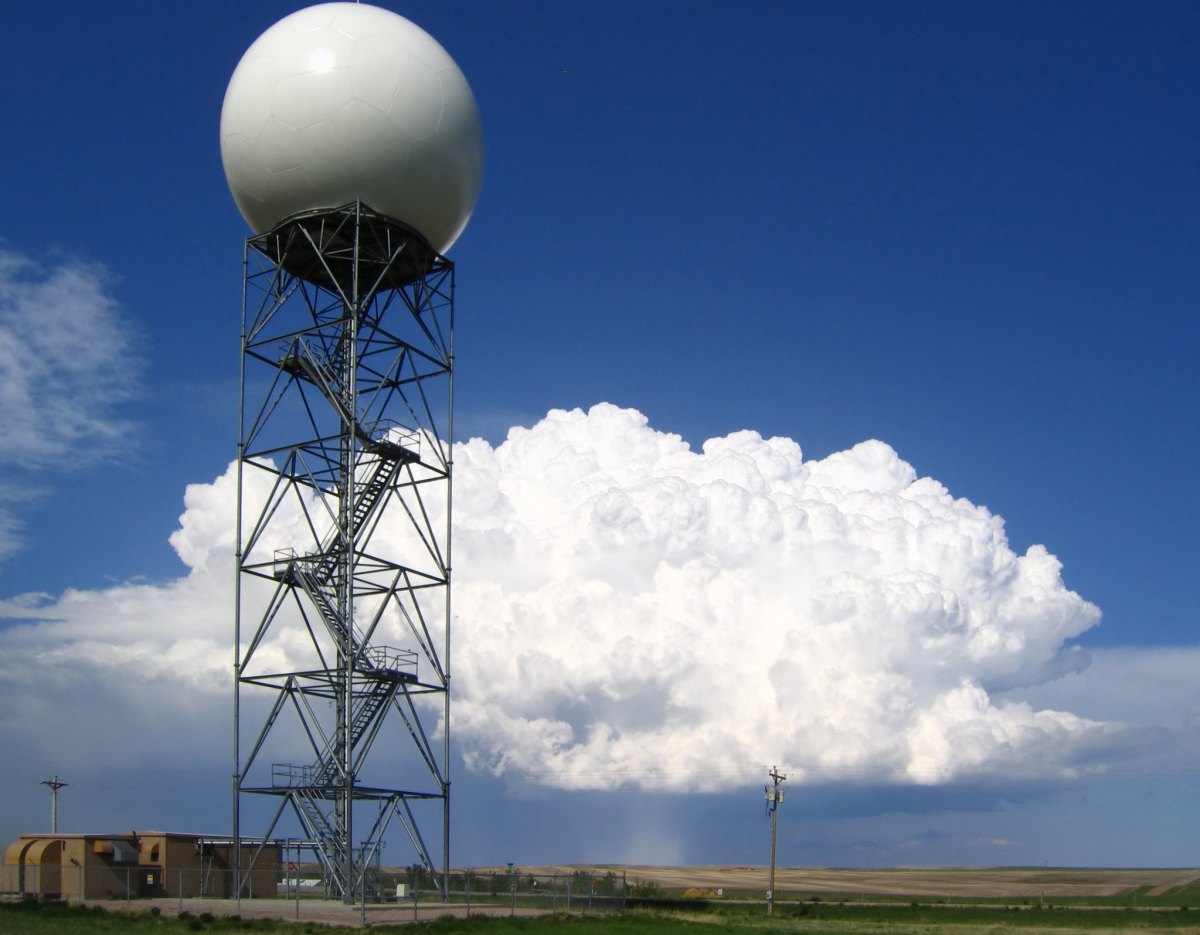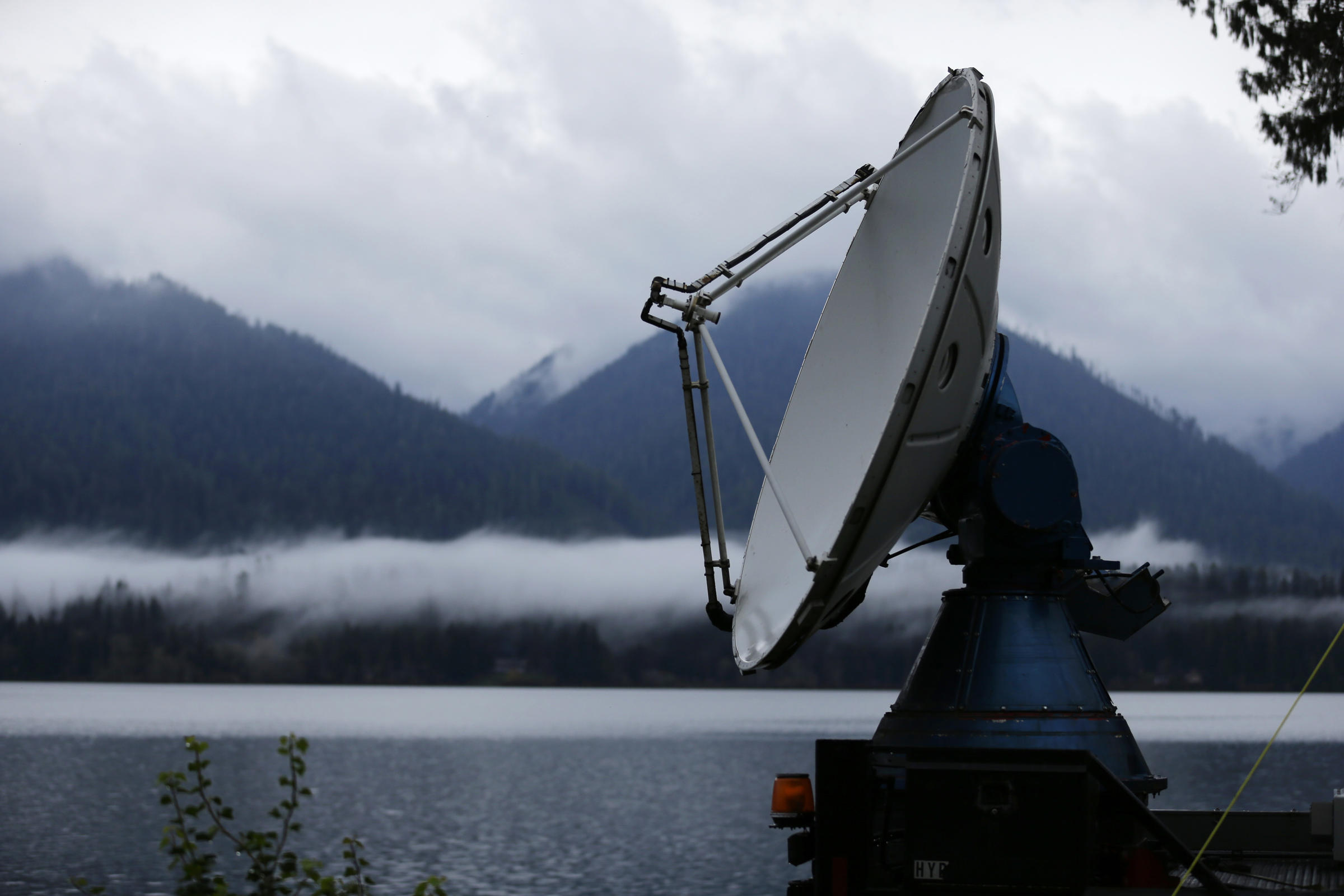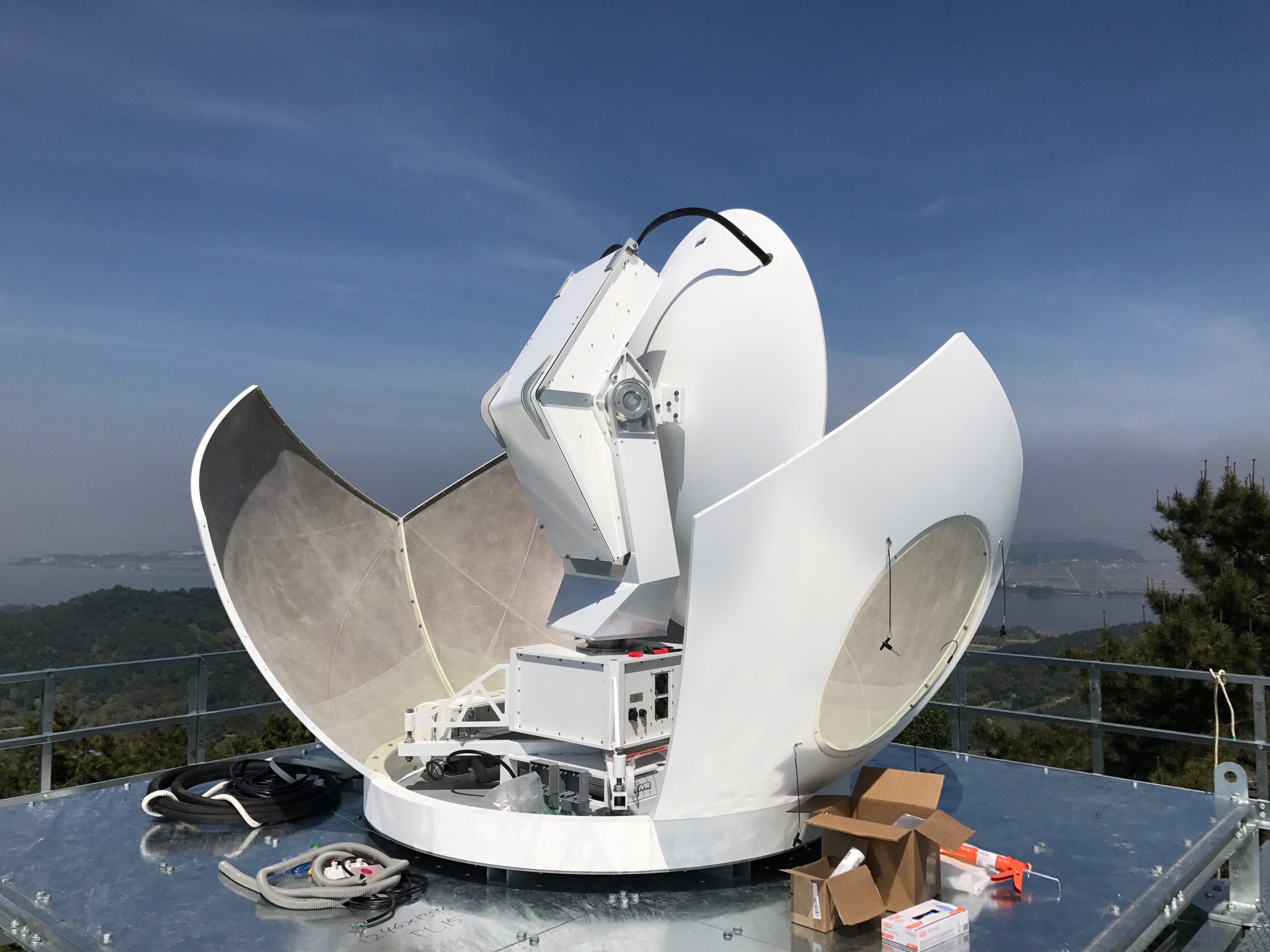Weather Radar Overview

Weather radar is a remote sensing technology that uses radio waves to detect precipitation and other atmospheric phenomena. It is based on the principle that radio waves are reflected by objects in their path, and the strength and pattern of the reflected signal can be used to determine the size, shape, and movement of the objects.
In the realm of meteorology, weather radar stands as a watchful sentinel, its watchful eye scanning the skies for the telltale signs of precipitation. As the clouds gather over Louisville, the weather radar’s pulse quickens, its signals penetrating the veil of moisture to reveal the hidden patterns of rain and snow.
Louisville weather comes to life beneath the radar’s watchful gaze, its every nuance and fluctuation laid bare for all to see.
There are two main types of weather radar systems: Doppler radar and reflectivity radar. Doppler radar measures the speed and direction of movement of precipitation, while reflectivity radar measures the amount of precipitation.
Weather radar data is used in a variety of applications, including forecasting, research, and aviation.
With the advancement of technology, weather radar has become an indispensable tool for meteorologists. By providing real-time data on precipitation, it enables us to stay informed about the weather conditions around us. For instance, if you’re planning a trip to Cincinnati, you can check the wlwt weather to get the latest updates on any potential rain or storms.
This information can help you make informed decisions and plan your activities accordingly, ensuring a safe and enjoyable trip.
Applications of Weather Radar Data
- Forecasting: Weather radar data is used to track the movement and development of storms, and to issue warnings of severe weather.
- Research: Weather radar data is used to study the structure and dynamics of storms, and to improve forecasting models.
- Aviation: Weather radar data is used to help pilots avoid storms and other hazardous weather conditions.
Weather Radar Data Analysis

Weather radar data analysis involves various techniques to extract meaningful information from the raw radar data. These techniques include:
- Reflectivity analysis: Measures the intensity of radar echoes, providing information about the amount of precipitation and its distribution.
- Doppler analysis: Detects the motion of precipitation particles, allowing for the identification of wind patterns and severe weather features like tornadoes.
- Polarization analysis: Distinguishes between different types of precipitation particles (e.g., rain, hail, snow), providing insights into their physical characteristics.
Identifying and Tracking Weather Patterns, Weather radar
Radar data analysis enables meteorologists to identify and track weather patterns by monitoring changes in radar reflectivity and Doppler velocity. By analyzing the movement and intensity of precipitation echoes, they can determine the direction and speed of weather systems, such as storms and fronts. This information helps forecasters anticipate weather conditions and issue timely warnings.
Severe Weather Warnings and Forecasting
Radar data plays a crucial role in severe weather warnings and forecasting. By detecting signatures of hazardous weather, such as high reflectivity values indicative of heavy rainfall or hail, and rotational patterns associated with tornadoes, radar systems provide early warning of impending threats. This allows meteorologists to issue timely warnings, enabling communities to take appropriate precautions.
Weather Radar Applications

Weather radar technology finds diverse applications across various fields, each harnessing its unique capabilities to monitor and predict weather patterns and their impact.
Aviation and Marine Navigation
In aviation, weather radar provides pilots with real-time information about weather conditions along their flight path, enabling them to make informed decisions regarding route planning and potential hazards. Similarly, in marine navigation, radar systems assist sailors in detecting and avoiding storms, fog, and other hazardous weather conditions, enhancing safety and efficiency.
Hydrology and Water Management
Weather radar plays a crucial role in hydrology and water management. By monitoring precipitation patterns and intensity, radar data helps hydrologists forecast floods, manage water resources, and design flood control systems. It also aids in monitoring snowpack and predicting runoff, providing valuable information for water resource planning and allocation.
Other Applications
Beyond aviation, marine navigation, and hydrology, weather radar technology has potential applications in other fields as well:
- Agriculture: Monitoring crop growth, predicting weather-related crop damage, and optimizing irrigation systems.
- Renewable Energy: Forecasting wind and solar power generation, optimizing energy production and distribution.
- Disaster Management: Detecting and tracking severe weather events, providing early warnings for natural disasters.